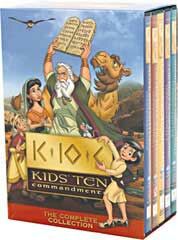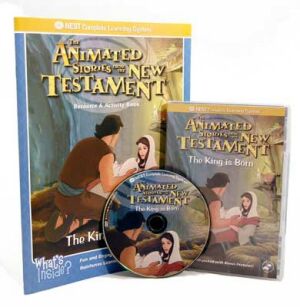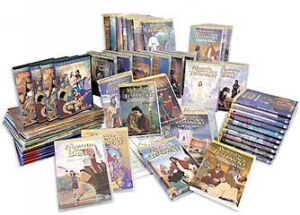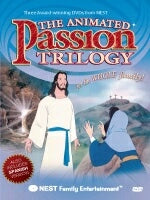Just the Facts: America's Documents of Freedom 1775-1786
The documents our predecessors left for us contain a written record of our history, and bear witness to why we are who we are and how our democracy evolved. In this video we look at the documents that come from the tumultuous Revolutionary Era.The State Constitutions (1776-1781)åÊ -- The Second Continental Congress urged all the states to draft new constitutions, replacing their British royal charters.åÊ The state constitutions, which precede the United States Constitution, bear remarkable similarities, even though the various states are quite different in population, geography, and economics. åÊThe Virginia Statute for Religious Freedom (1786)åÊ -- A basic tenant of American freedom is the right to worship as we please.åÊ Thomas Jefferson, then governor of Virginia, wrote this document, which establishes the separation of church and state. åÊCommon Sense (1776) -- Not everyone in the thirteen colonies believed we should be a self-governing country, independent from England.åÊ Those who believed this were called "loyalists" (loyal to the crown).åÊ Thomas Paine‰۪s impassioned publication, Common Sense, laid out a compelling argument for the cause of independence and dissuaded many from a loyalist position. åÊThe Declaration of Independence (1776) -- Thomas Jefferson is credited with almost single-handedly composing this masterful document.åÊ He received invaluable help, however, not only from the others in the committee of five, but from the writings of others, chiefly John Locke, who coined the phrase "life, liberty and property," which was changed by Jefferson to "life, liberty and the pursuit of happiness."åÊ åÊThe Articles of Confederation (1776)åÊ -- The Second Continental Congress established a framework for a national government with this document.åÊ While it did not go far enough in establishing a strong central federal government, it was a necessary step leading up to the writing of the United States Constitution in 1787.






